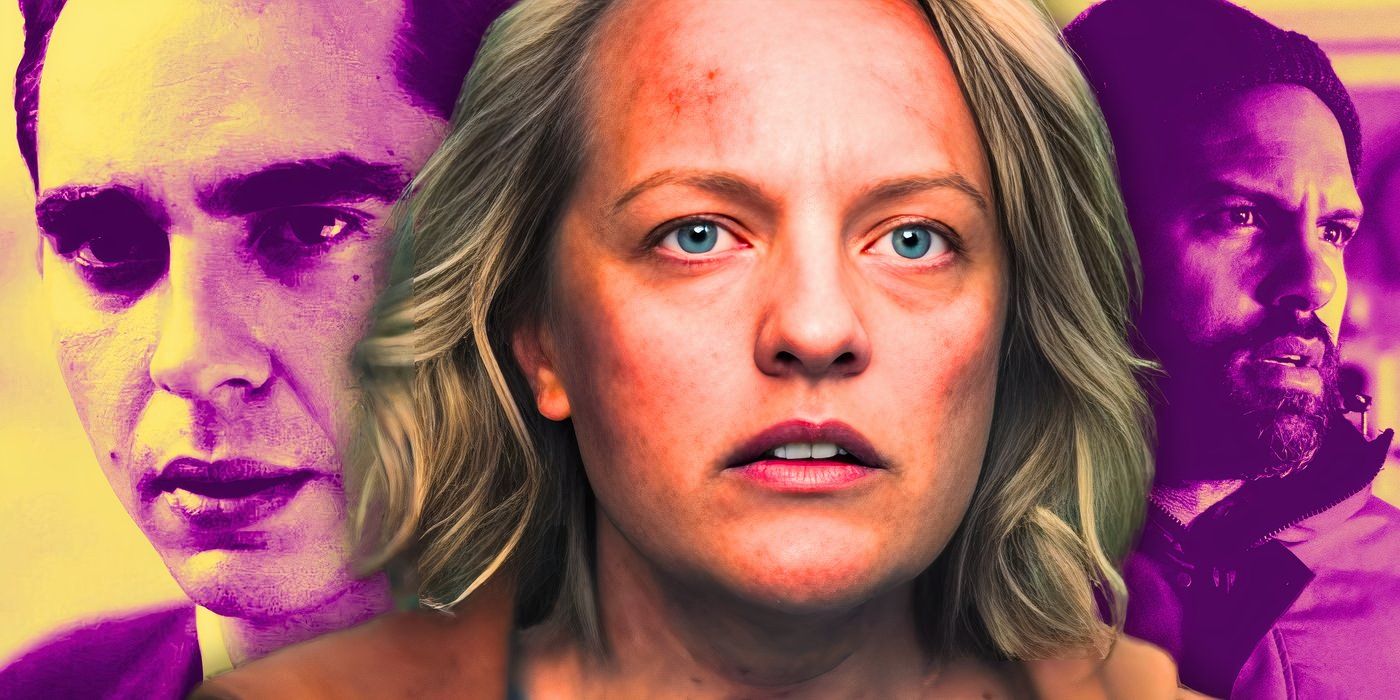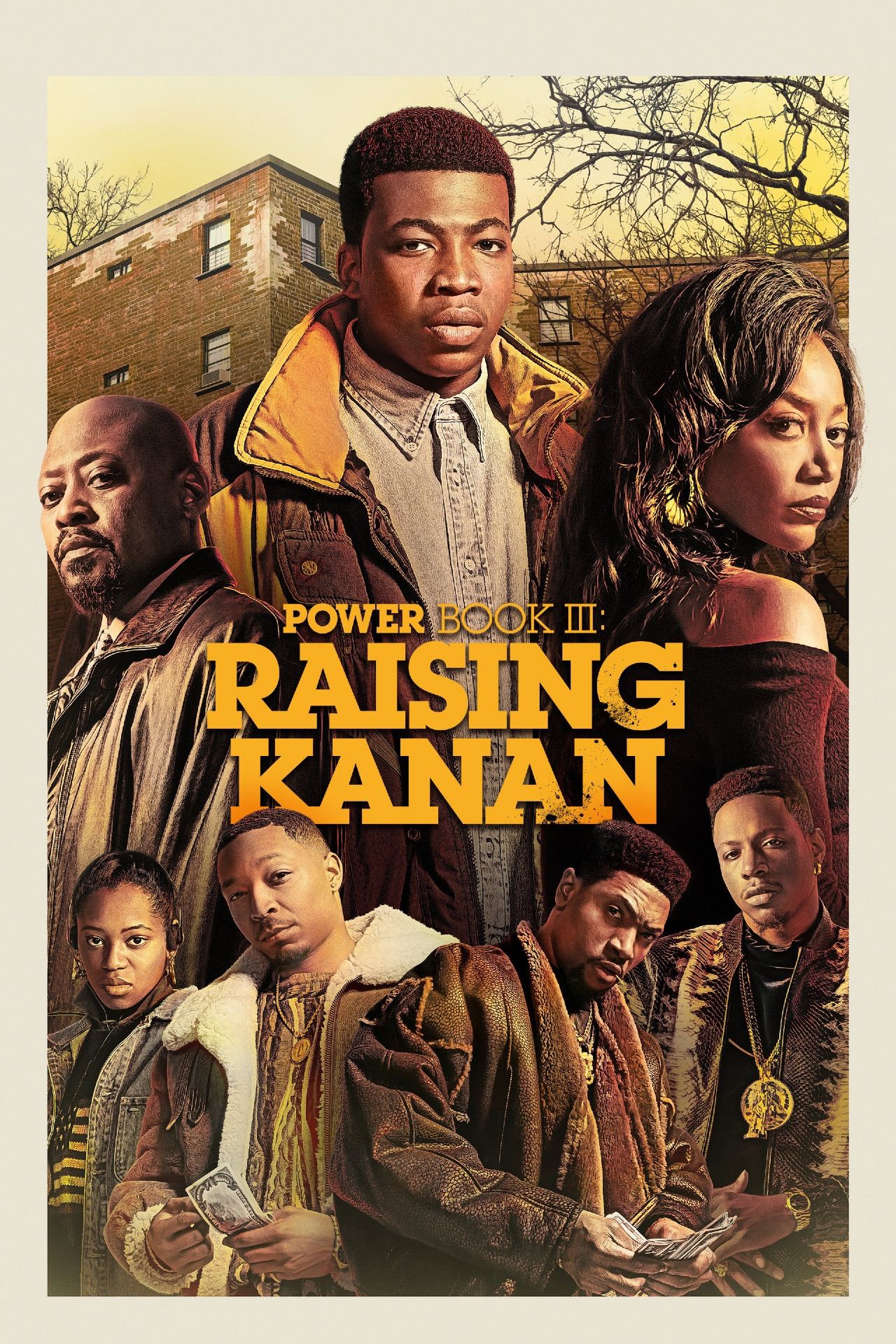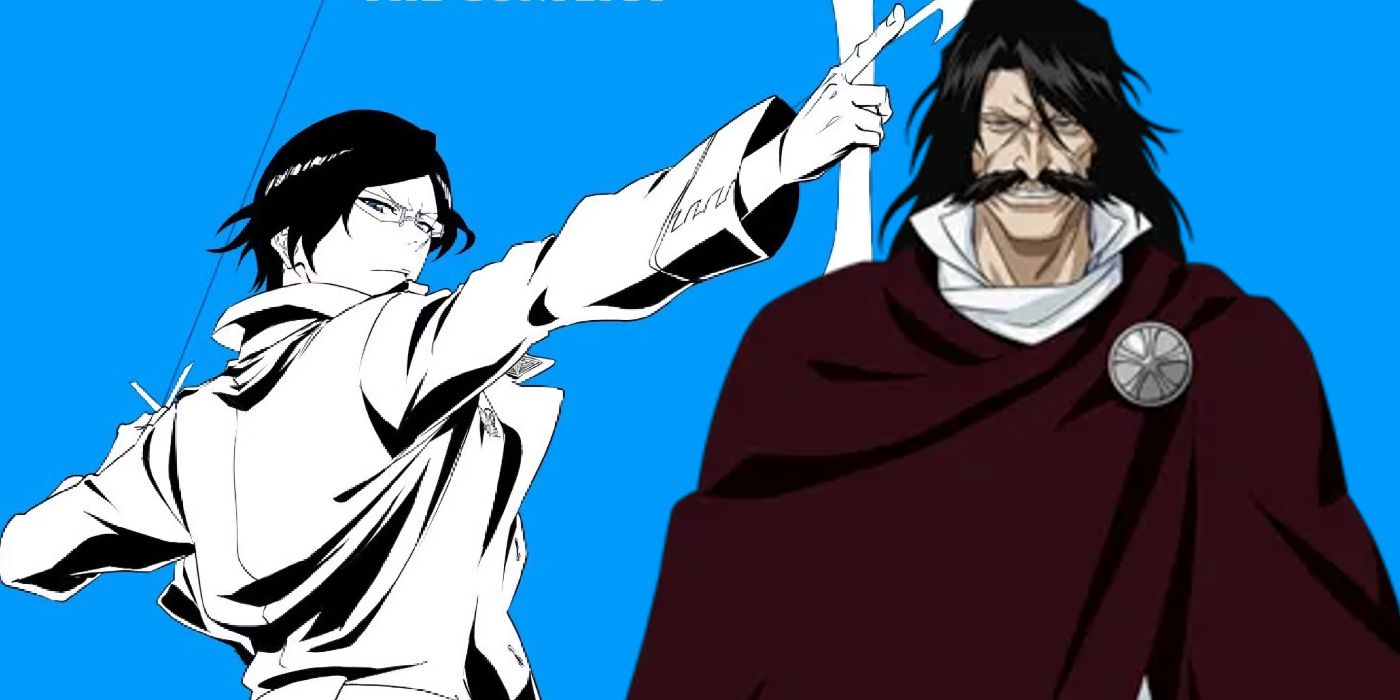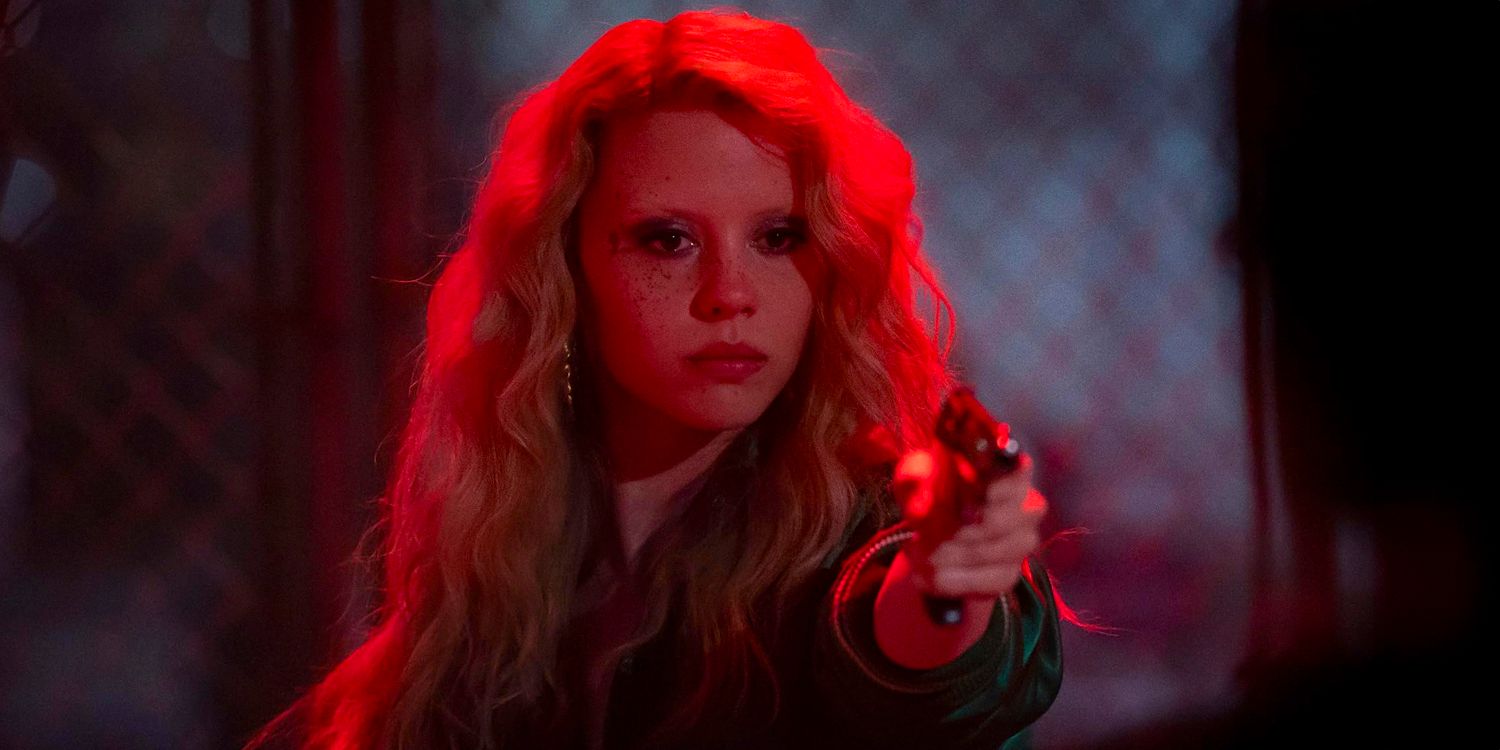Netflix’s Daredevil series opened up the character for more mainstream audiences across its three seasons and shined a spotlight on his comics as a result. The show certainly took several narrative cues from some of Daredevil’s best comic books for inspiration, and some of those also worked as clever references and nods to the source material.
Others functioned more so as Easter eggs for fans of the comics and show to catch as entertaining surprises. It’s warranted, as Daredevil is also one of the most consistently well-written superheroes in comics, making callbacks to pivotal stories inevitable.
The Black Suit (Season 1)
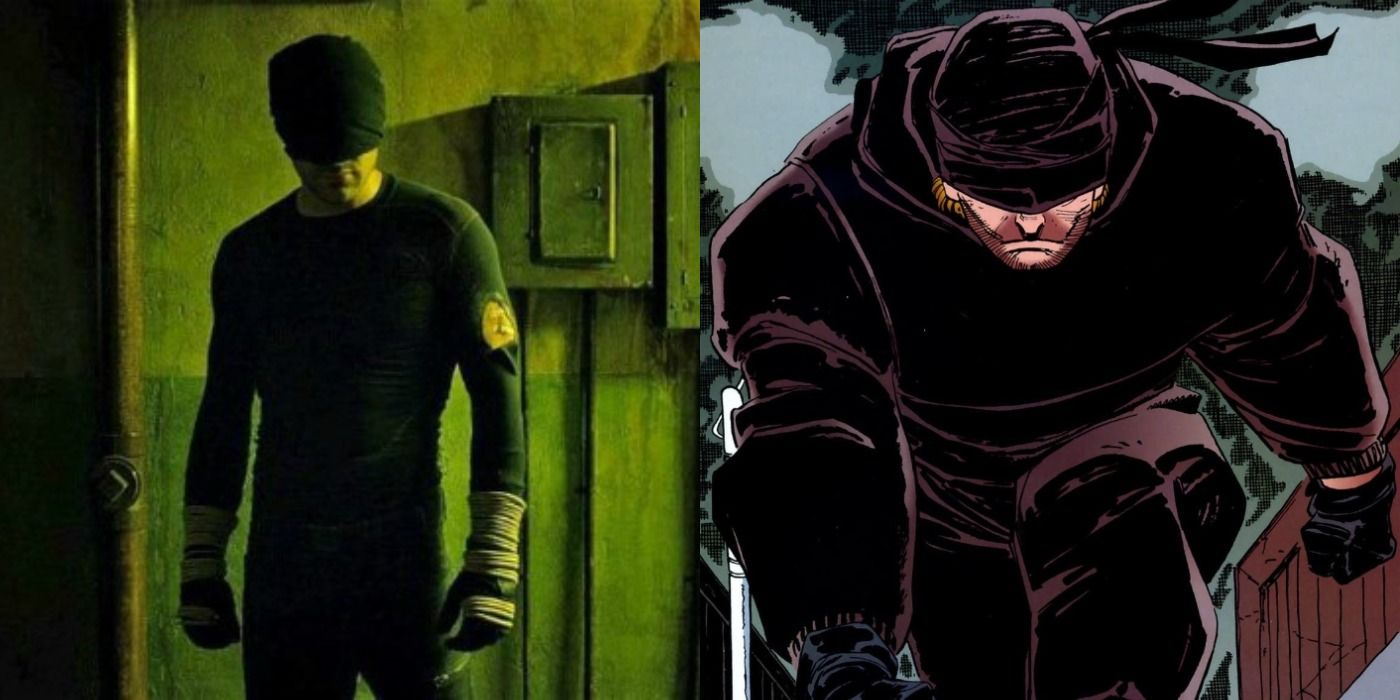
Batman isn’t the only character that Frank Miller helped define, as he’s also written some of the best Daredevil story arcs. The black makeshift suit that made its Netflix debut at the start of season 1 became iconic for the Devil of Hell’s Kitchen in its own right, and Miller and artist John Romita Jr. originally conceived it in The Man Without Fear comic book series from the 1990s.
Like with his work on Year One, which is widely regarded as Batman’s best origin, The Man Without Fear is a revisionist take on Daredevil’s origin story that fans, by consensus, agree as being the character’s definitive beginnings. The black suit simultaneously serves as a comic book reference as well as a narrative focal point for this live-action iteration of the hero.
Father Lantom’s Death (Season 3)
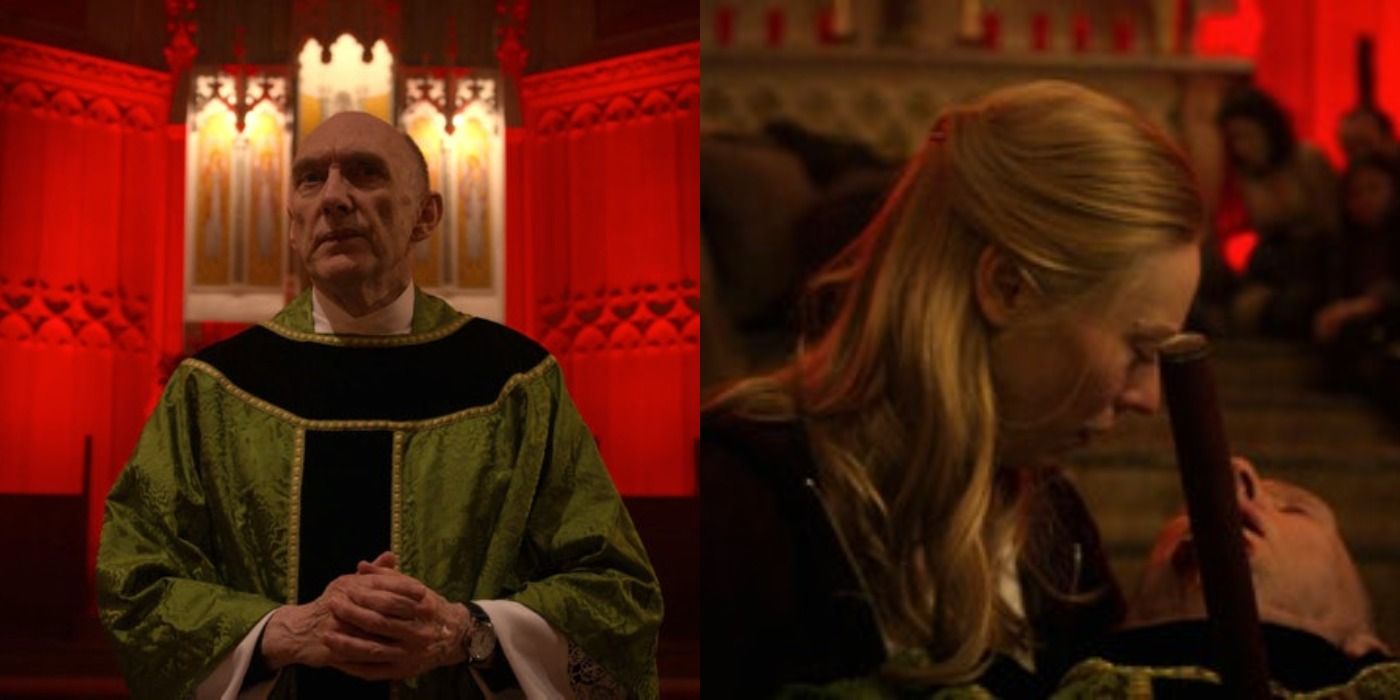
Season 3 of Daredevil presented arguably the highest and most intense stakes for the Netflix adaptation of these characters. It was a blend of story arcs from Miller and Brian Michael Bendis, using his outed identity (in part) to having his name and reputation slandered as the major conflicts of the season. However, a callback that came towards the end of season 3 was during the fight scene with Bullseye in the church.
This is a reference to Kevin Smith’s Guardian Devil, where Bullseye ends up murdering Karen Page with Daredevil’s own billy club. It’s one of the darkest comics events Daredevil’s ever had to deal with, but, of course, this reference is used as a narrative twist in the show. For fans of the comic, it must have been a particularly shocking moment, as when it appears that the show is about to do a faithful adaptation of Karen’s death, Father Lantom sacrifices himself at the last second.
The Man Without Fear (Season 3)
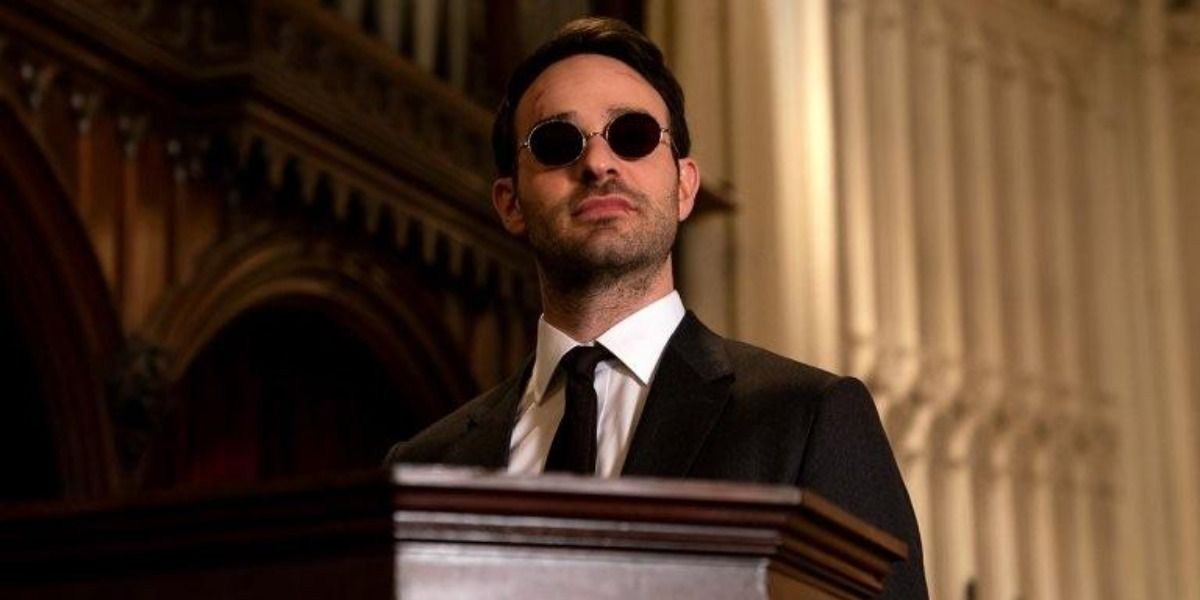
In the last episode of Daredevil season 3, Matt Murdock and company attend Father Lantom’s funeral. Matt takes to the front and gives a speech honoring him and his memory, and he works in a very clear easter egg-like nod toward how he’s referred to every so often in the comics. He talks about how Lantom inspired him on how to be “a man without fear,”; that is, someone who surpasses their own fears that hold them back from personal growth and being a catalyst for good in their community.
The “Man Without Fear”–like “Dark Knight” to Batman, for instance–is one of Daredevil’s most famous epithets, along with names like the “Devil of Hell’s Kitchen.” The epithet’s influence resonates with the character’s history in the comics, as it’s at times even worked into the covers of series that don’t necessarily use it as a subtitle as Miller’s did.
Sister Maggie (Season 3)
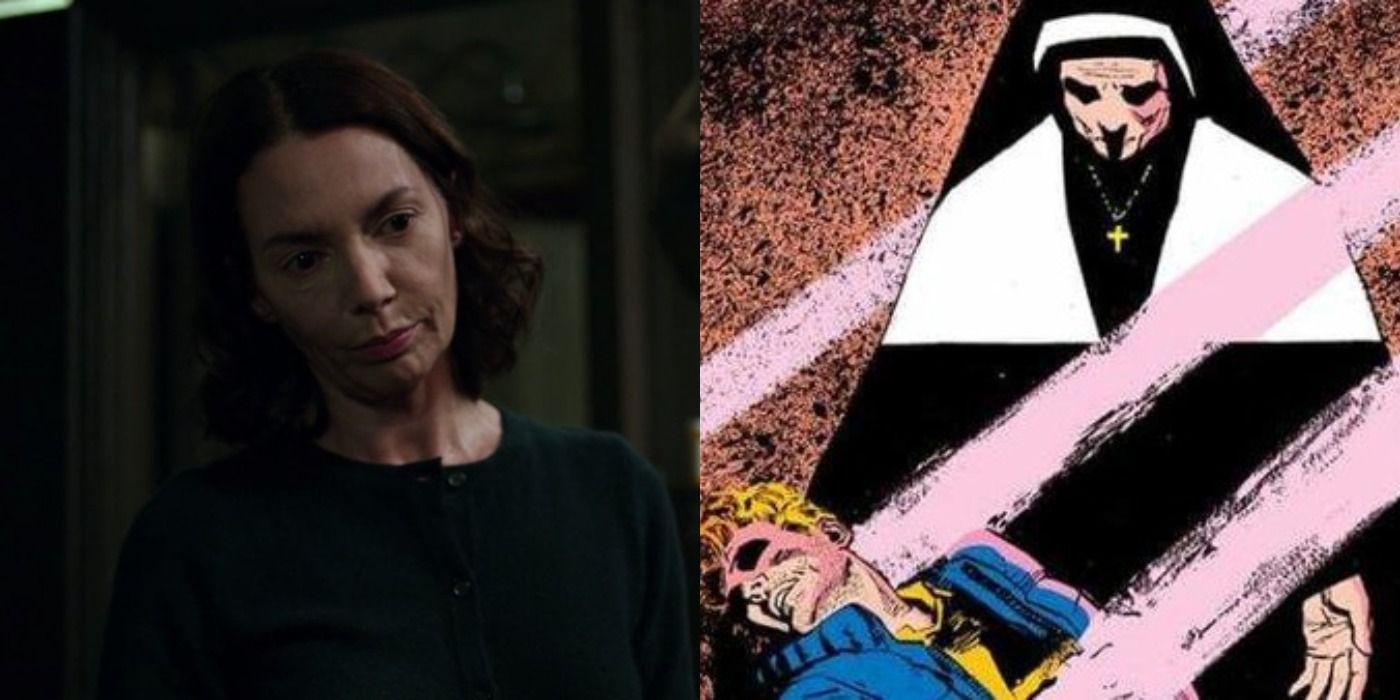
Another reference that weighed heavy on the plot of the third season was the inclusion of Sister Maggie as an important supporting character. Fans of the comics surely knew what would be touched on story-wise, as in Miller’s Born Again, on top of the increasingly vitriolic rivalry between Daredevil and Kingpin, Matt would finally discover that Sister Maggie is his mother. It’s a major turning point in the show’s season and it happens similarly in the comics, with Matt suffering intense physical trauma and Maggie helps to nurse him back to health in secret at the church.
Guardian Devil Cover Art (Season 3)
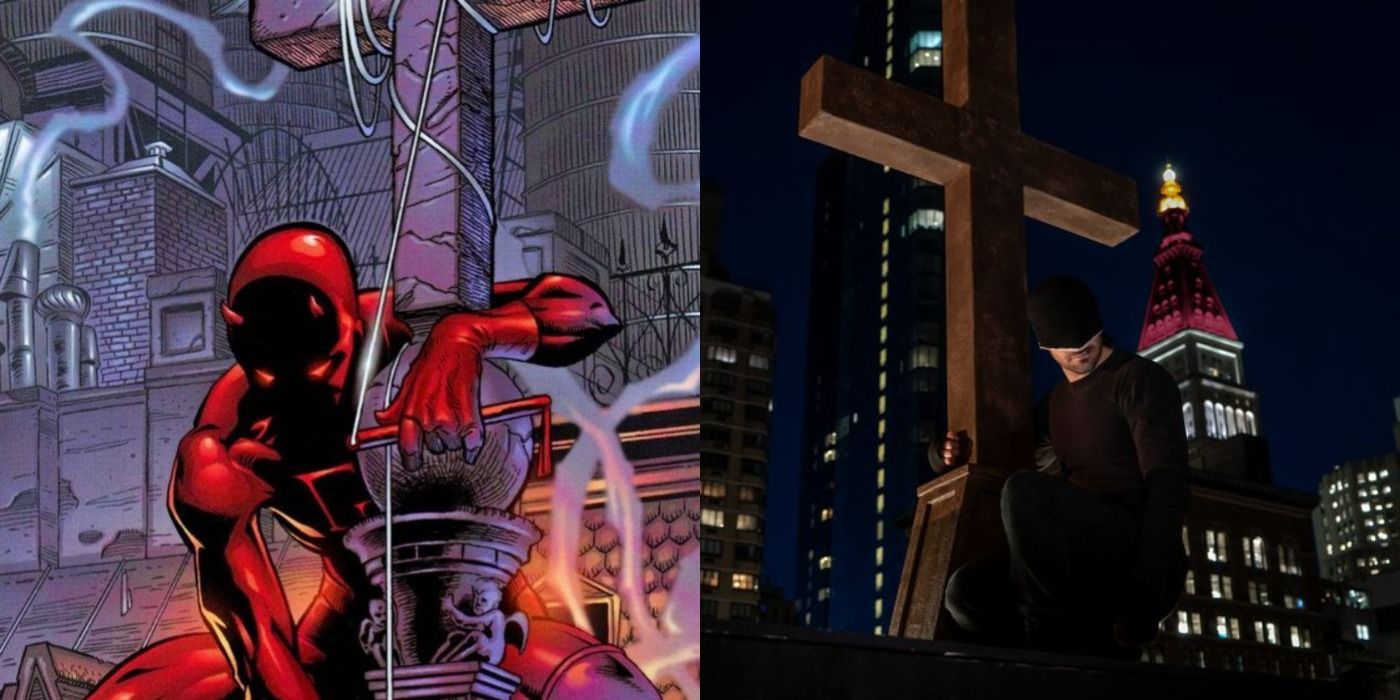
It’s a purely visual callback to the comics, but it is one nonetheless. Daredevil had, among many other things, the benefit of having some incredibly well-shot scenes with its work in cinematography, and the Joe Quesada cover art to one of the best Dareveil comics ever, Guardian Devil, got a loving homage in the last season.
In classic Catholic-brooding fashion, Matt Murdock as a Daredevil once again, but this time back in the black suit, climbs on the top of the church he’s hiding out at. The wide shot displays him perched next to and clutching the cross on the roof, using his radar sense to survey the area around him.
The Night Nurse (Season 1)
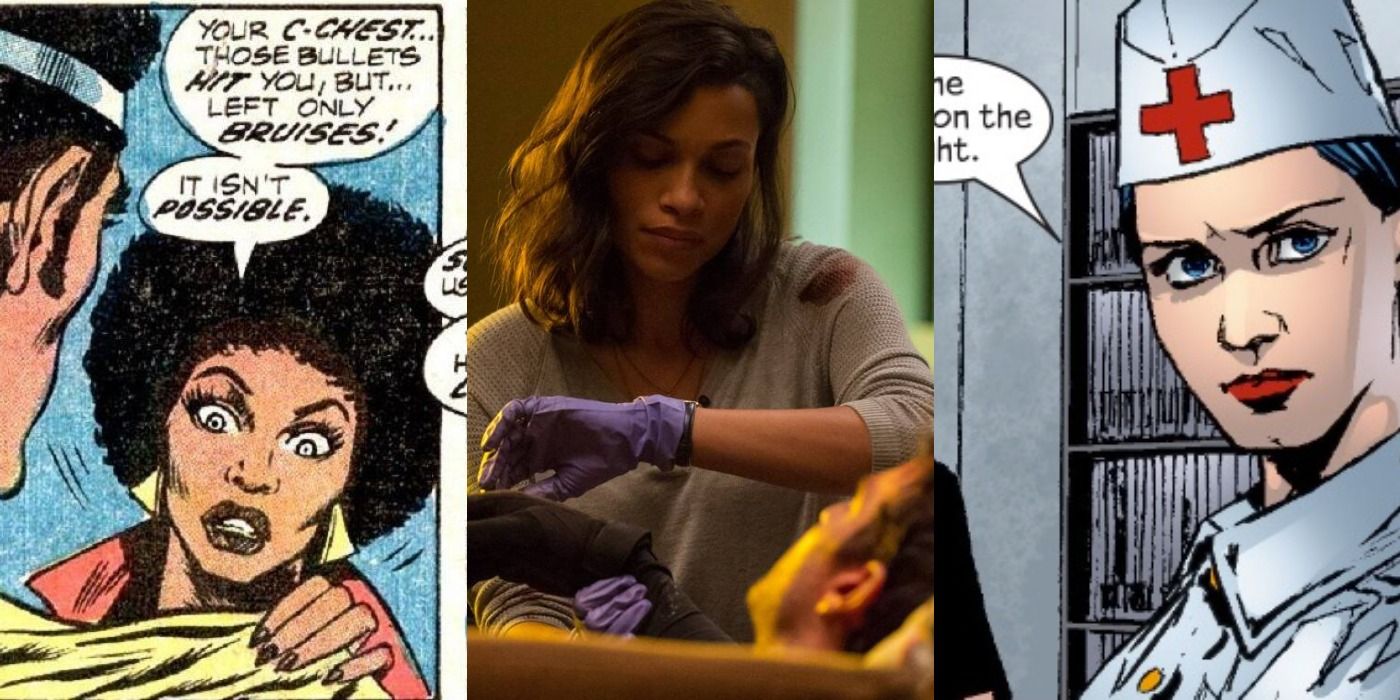
Rosario Dawson’s character, Claire Temple, in (primarily) season 1 was an adaptation that served as an amalgamation of characters from Marvel’s comics. Claire Temple was initially introduced in the early 1970s in Luke Cage, Hero for Hire, while the Night Nurse was originally a series where the main character was Linda Carter.
Eventually, once Carter acknowledged the “Night Nurse” name, she had made her first appearance outside the original series in Daredevil in 2004. It’s a clever blend of the two, as it makes a single character from both comics incarnations that have reason to work with the Netflix Marvel shows’ Daredevil and Luke Cage adaptations.
The Daredevil & Punisher Debate (Season 2)
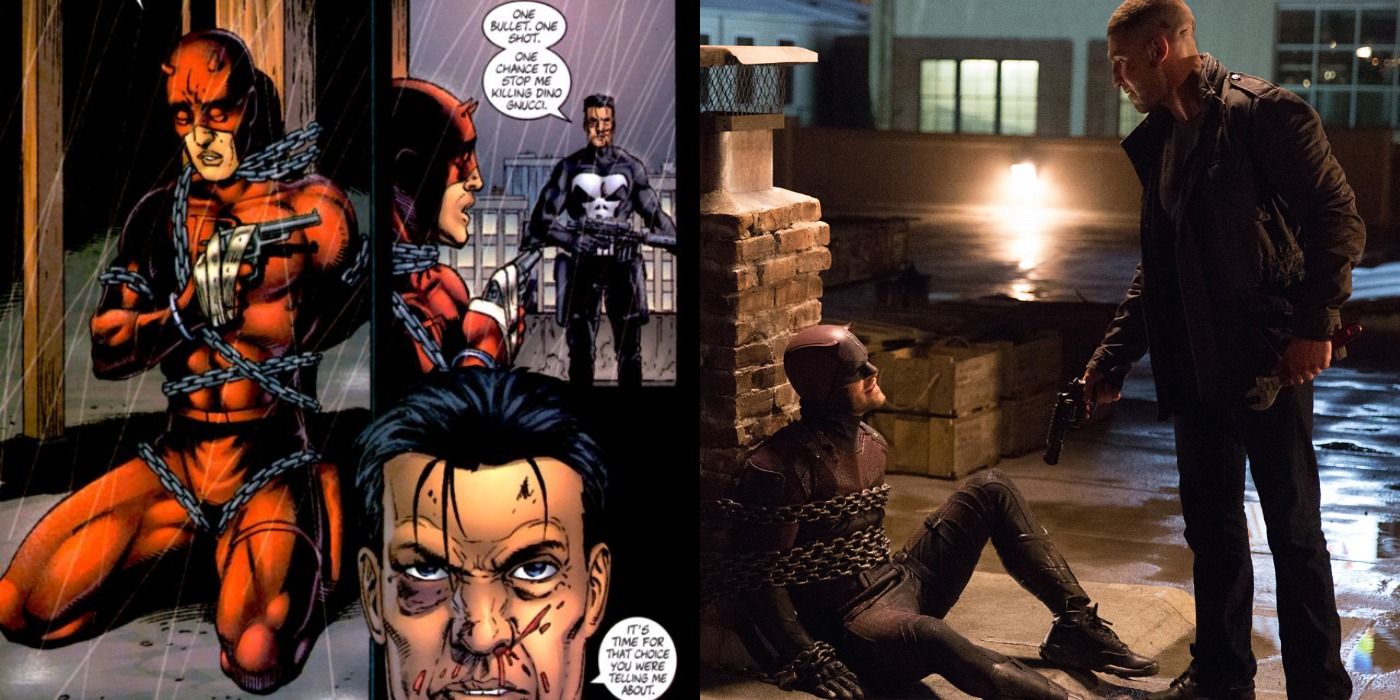
Perhaps the best scene out of the second season of Daredevil came in the earlier episodes focusing on the Punisher as the “antagonist.” John Bernthal’s performance is still praised today among fans, and his iteration of Frank Castle having that heated debate with a chained-up Daredevil on a rooftop was both compelling and memorable.
The two argue over where to draw the line on morality, and whether Daredevil or Punisher’s methods of fighting the injustice in Hell’s Kitchen is the effective one. It’s not subtle, but this iconic scene is a reference and heavily inspired by the story “The Choice” in The Punisher comic book series from 2001. These core philosophical premises along with Daredevil being chained down and a gun strapped to his hand were borrowed from that comic.
